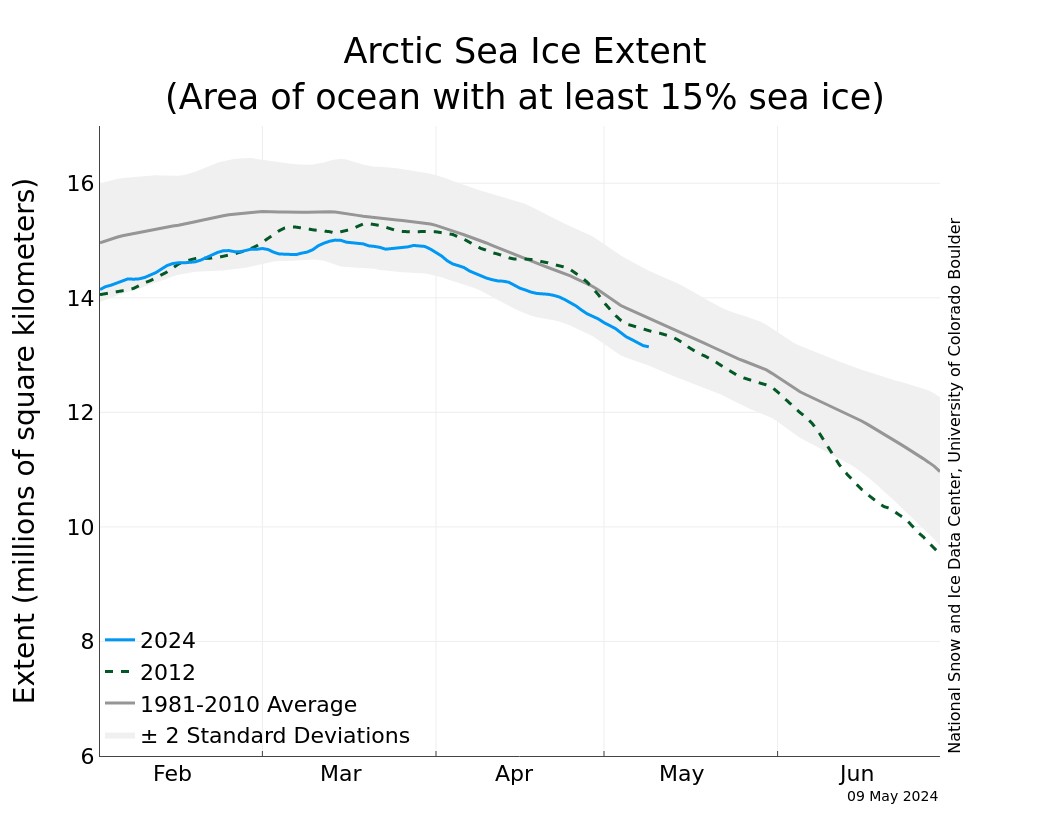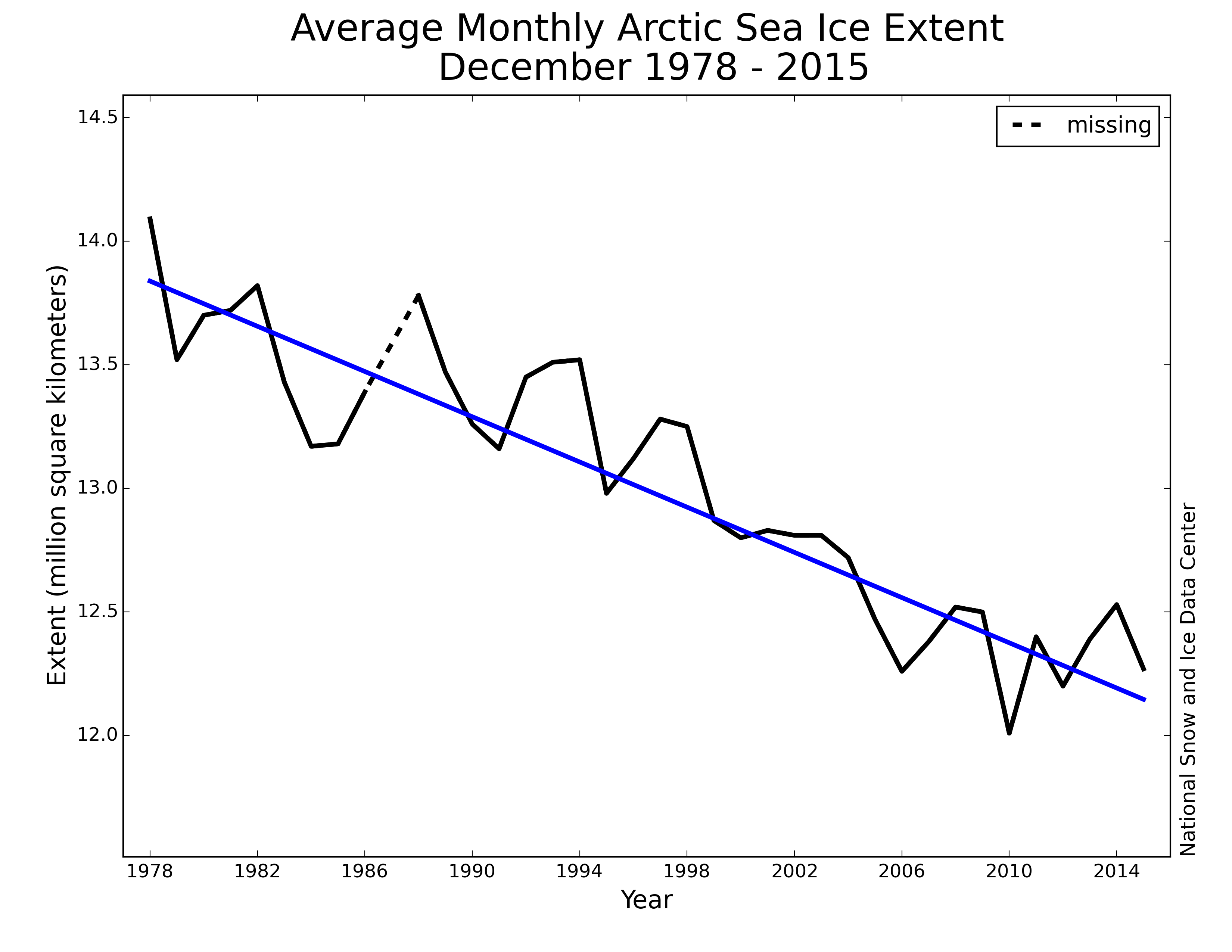Wyatt earp
Diamond Member
- Apr 21, 2012
- 69,975
- 16,383
- 2,180
I stumbled across this page, Now they are suggesting a twelve step program.
Climate Change Solutions
The twelve step climate change program
Climate Change Solutions
The twelve step climate change program
- We admitted we were powerless over fossil fuels—that our lives had become unmanageable.
- Came to believe that a Power greater than ourselves could restore us to sanity.
- Made a decision to turn our will and our lives over to the care of Gaia as we understood her.
- Made a searching and fearless moral inventory of ourselves.
- Admitted to Gaia, to ourselves, and to other human beings the exact nature of our wrongs.
- Were entirely ready to become a conscious part of Gaia, and make sacrifices for the greater whole.
- Humbly asked her to remove our destructive behaviours.
- Made a list of all species we had harmed, and became willing to make amends to them all.
- Made direct changes in our lives, such as investing in energy conservation, using renewable energy, buying local organic food, and driving, flying and consuming less.
- Continued to take personal inventory and when we were wrong promptly admitted it.
- Sought through time spent quietly in nature to improve our conscious contact with Gaia as we understood her, seeking for understanding of our place in nature.
- Having had a spiritual awakening as the result of these steps, we tried to carry this message to fossil fuel addicts, and to practice these principles in all our affairs, including voting.





